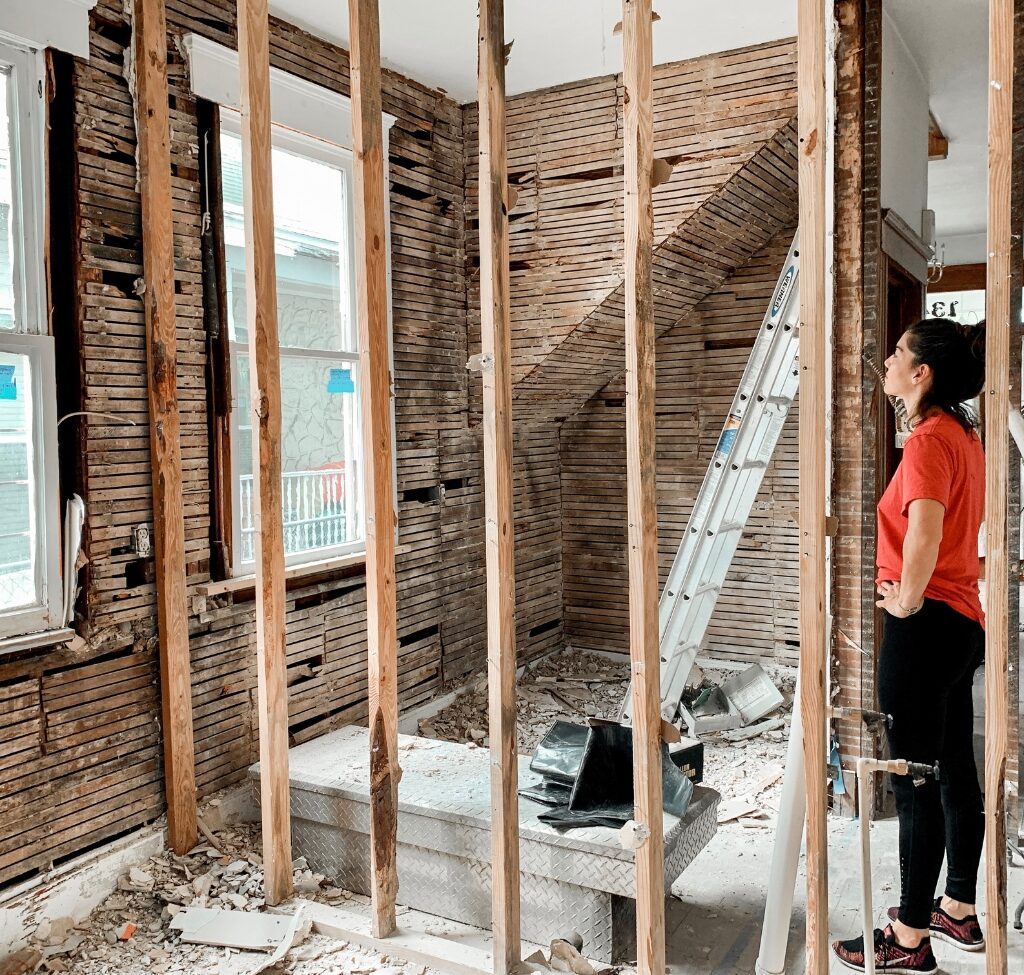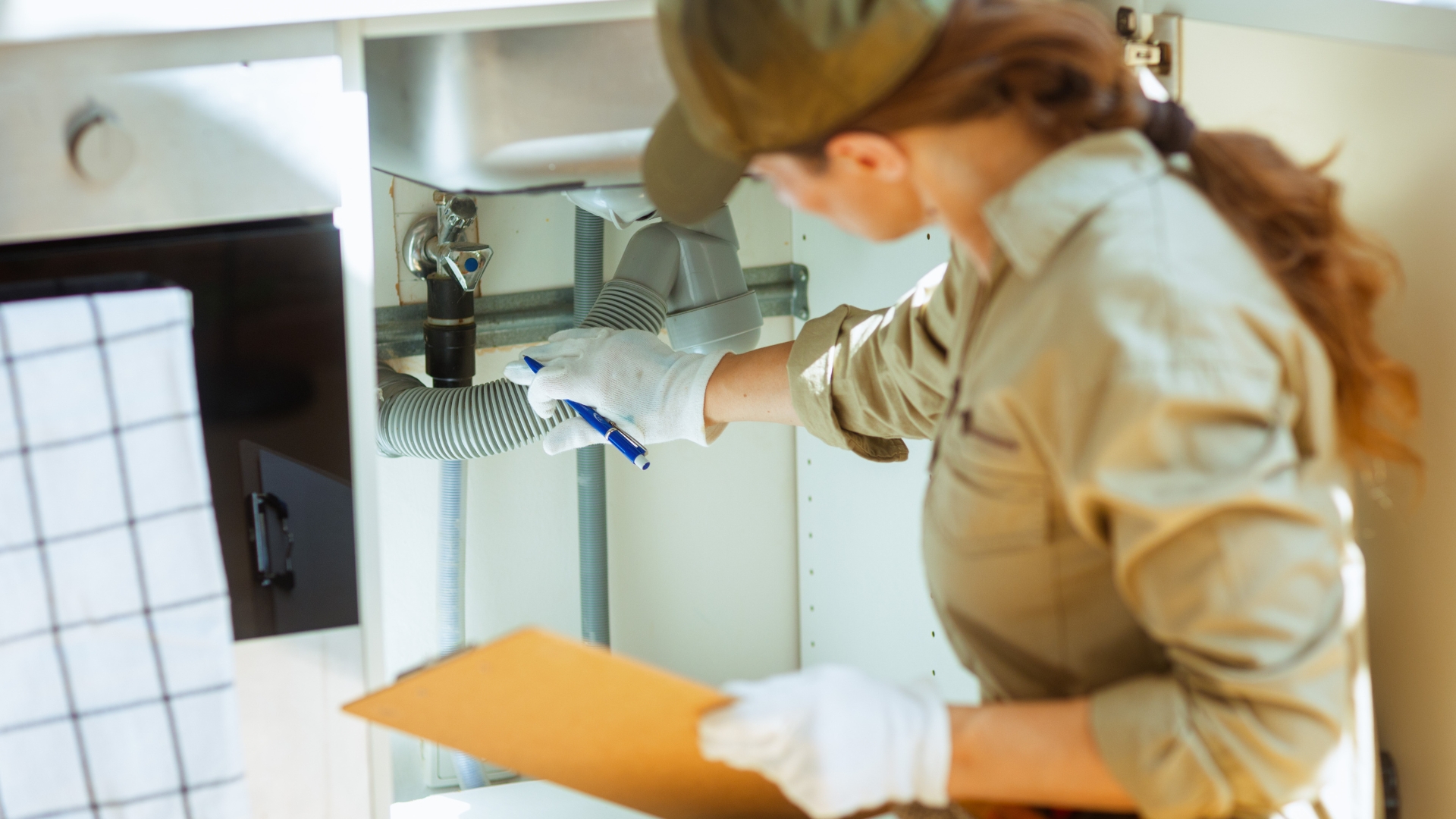How Long Does a Home Inspection Take?: You found the perfect home. Your offer was accepted. Now, you need to schedule the home inspection. This is a critical step in the home-buying process. A common question is this: how long does a home inspection take? Planning your schedule around it requires a clear answer. Most standard home inspections take between 2 and 4 hours to complete on-site. The time can be as short as 60–90 minutes for a small, simple condo. It can extend to 4–6 hours or more for a large, older, or complex property. The inspector then needs additional time to create a detailed report. Understanding the factors that influence this timeline helps you set realistic expectations.
What Factors Affect the Home Inspection Timeline?
A home inspection is a detailed visual examination, not a quick walkthrough. Several key factors determine the final duration. An inspector’s goal is thoroughness, not speed. A rushed job can miss costly problems.
Home Size and Layout
Square footage is the biggest factor. A larger home has more rooms, windows, outlets, and systems to check.
- Small Condo/Home (Under 1,500 sq ft): 1.5–2.5 hours.
- Average Single-Family Home (1,500–2,500 sq ft): 2–3 hours.
- Large Home (2,500–3,500 sq ft): 3–4 hours.
- Estate Property (3,500+ sq ft): 4+ hours.
A good rule of thumb is to add about 30 minutes for every additional 500 square feet over 2,000. The layout also matters. A single-story ranch is often quicker to inspect than a multi-story home of the same size due to the time spent moving between floors.
Age and Condition
An older home almost always takes longer to inspect than a new one.
- New Construction (<5 years): These homes generally meet modern codes and have fewer issues, resulting in a quicker inspection.
- Mature Homes (10–30 years): Systems are aging. Inspectors spend more time checking for wear and deferred maintenance.
- Older Homes (>30 years): These properties may have outdated plumbing, old electrical wiring, or structural quirks that require significant investigation and documentation.
A well-maintained home will move along faster. A property in poor condition requires more time to document defects.

Accessibility and Foundation Type
Inspectors need clear access to key areas. Blocked electrical panels, cluttered attics, or locked rooms slow down the process. The home’s foundation also plays a role.
- Slab Foundations: These are the quickest to inspect from the exterior.
- Crawlspaces and Basements: These require the inspector to enter a confined space. A thorough crawlspace inspection alone can add 45–60 minutes to the timeline.
Systems and Extra Features
The number and complexity of a home’s systems impact the duration. A house with two HVAC units, multiple water heaters, or complex electrical setups will take longer. Additional features also add time:
- Swimming Pool or Spa: Adds 30–60 minutes.
- Detached Garage or Workshop: Adds 30–45 minutes.
- Guest House/ADU: Can add 60–90 minutes, as it’s a mini-inspection itself.
A Step-by-Step Home Inspection Timeline
Inspectors follow a systematic process to ensure nothing is missed. This methodical approach is defined by standards from organizations like InterNACHI. Here is a breakdown of a typical 3-hour inspection.
- Exterior and Roof (30–45 minutes): The inspection begins outside. The inspector examines the foundation, siding, grading, and drainage. They assess the roof, gutters, chimney, and any skylights.
- Interior Rooms (60–90 minutes): The inspector moves through every room. They operate windows and doors, test a representative number of electrical outlets, and check walls, floors, and ceilings for signs of damage or moisture.
- Major Systems (45–60 minutes): This phase is crucial. The inspector evaluates the plumbing by running fixtures and checking the water heater. They test the heating and cooling (HVAC) systems. They also open the electrical panel to check the wiring and breakers.
- Attic and Crawlspace (30–45 minutes): The inspector enters accessible attics and crawlspaces. They look at insulation, ventilation, and roof structure for signs of leaks or pests. This is often where hidden problems are found.
- Documentation (Ongoing): Throughout the entire process, the inspector takes notes and hundreds of photos. This documentation is essential for building the final report.
How Long for the Home Inspection Report?
The on-site visit is only part of the process. After leaving the property, the inspector’s work continues. The home inspection report summarizes all findings. It includes detailed descriptions of defects, supporting photos, and recommendations. Most inspectors deliver the digital report within 24 to 48 hours. For very large or complex properties, it might take a little longer.
This report is your leverage. You and your agent will use it to understand the home’s condition fully. It forms the basis for negotiating repairs, asking for price reductions, or, in some cases, walking away from the deal. A detailed report protects your investment.
How to Prepare for a Smooth Home Inspection
Sellers can help ensure the inspection stays on schedule. A little preparation goes a long way.
- Provide Clear Access: Ensure the inspector can easily access the electrical panel, furnace, water heater, attic, and crawlspace.
- Unlock Everything: All doors, gates, sheds, and electrical boxes should be unlocked.
- Keep Utilities On: The inspector cannot test systems that are shut down.
- Manage Pets: Secure pets in a crate or have them off-site for the duration of the inspection.
- Leave for the Inspection: It is best practice for sellers to leave the property. This allows the inspector and buyer to talk freely.
Conclusion
A home inspection is an investment in knowledge and peace of mind. The time it takes is directly related to the inspector’s diligence. A simple rule for buyers is this: the more time your inspector spends, the more information you get. That information is the power you need to make a confident and wise home-buying decision. The hours they invest on-site can save you thousands of dollars and future headaches.

